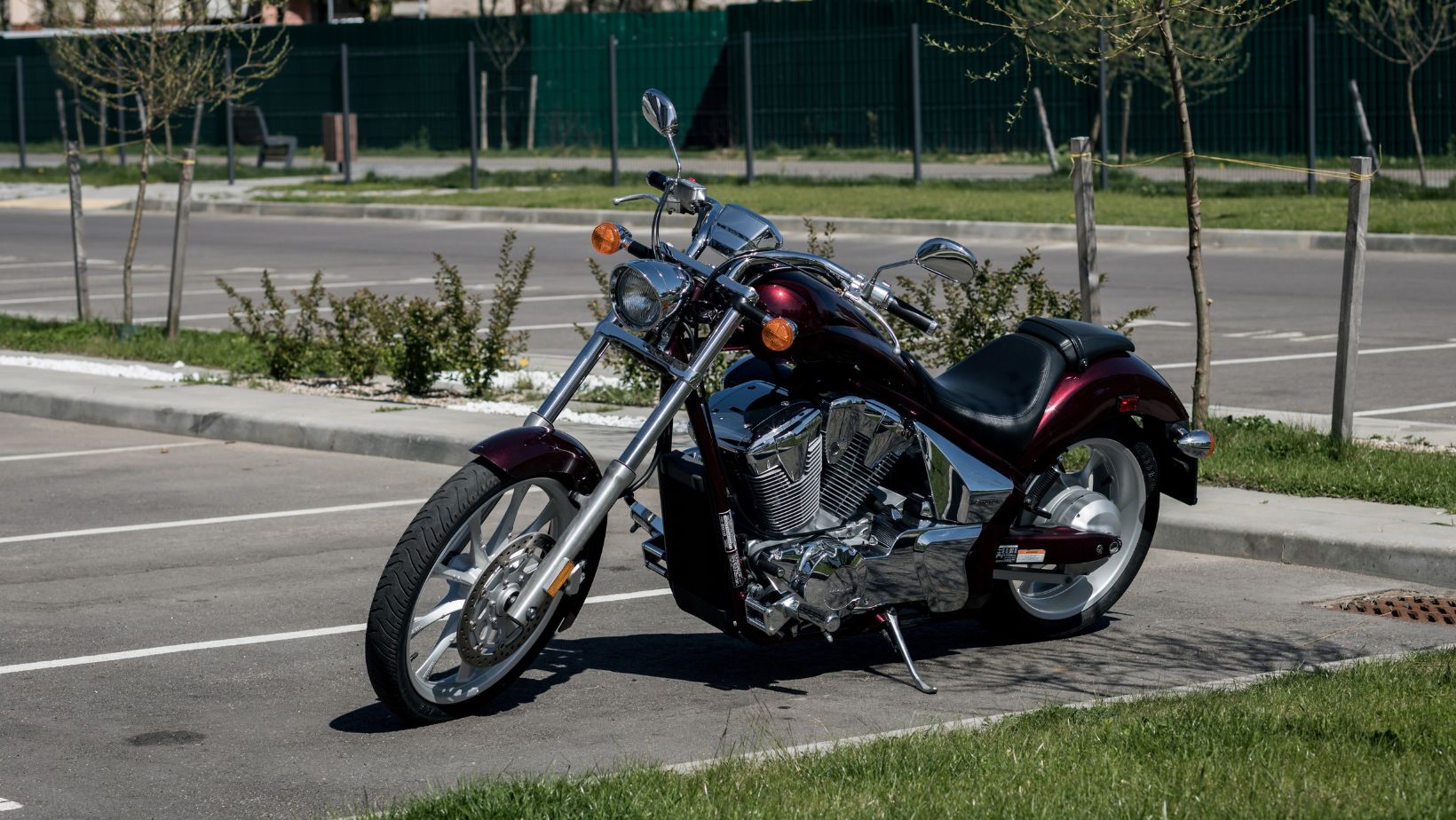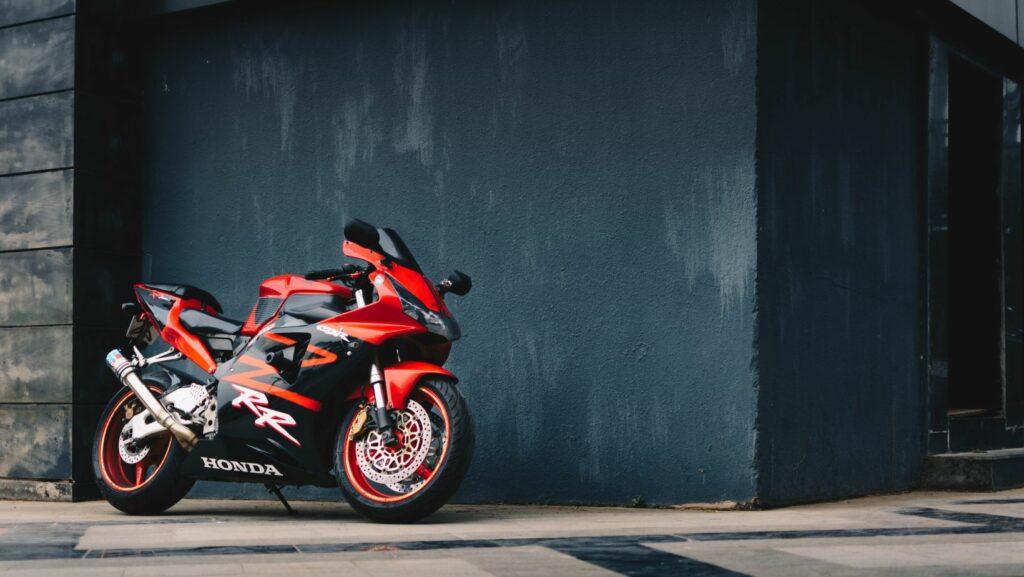
When it comes to iconic motorcycles of the 80s, Honda definitely left its mark. The Honda 80s motorcycle lineup was known for its reliability, performance, and cutting-edge design. Whether you were a seasoned rider or a beginner looking for your first bike, Honda had something to offer.
One standout model from the era was the Honda CB750F Super Sport. With its powerful inline-four engine and sleek styling, it quickly became a favorite among motorcycle enthusiasts. Another popular choice was the Honda VFR750R RC30, a sportbike that pushed boundaries with its advanced technology and aerodynamic design.
Let’s take a trip down memory lane and explore some of the iconic models that graced Honda’s motorcycle lineup in the 80s. These bikes not only captured the hearts of riders around the world but also left a lasting impact on the industry as a whole.
These models represent just a glimpse of the iconic motorcycles that Honda produced during the 80s. Each one contributed to the brand’s reputation for innovation, performance, and reliability. Whether you were a fan of sportbikes, cruisers, or dirt bikes, Honda had something special to offer in their diverse lineup.
So hop on your time machine and immerse yourself in the excitement and nostalgia of these legendary rides from Honda’s 80s motorcycle era.

Honda 80s Motorcycle
Revolutionary Design Features of Honda Motorcycles in the 80s
When it comes to innovation and cutting-edge design, Honda motorcycles of the 80s were at the forefront. These two-wheeled marvels boasted revolutionary design features that set them apart from their competitors. Let’s delve into some key aspects that made these bikes truly standout:
- Aerodynamic Styling: Honda prioritized aerodynamics in their motorcycle designs, which not only enhanced the overall aesthetic appeal but also improved performance. Sleek fairings, streamlined bodywork, and wind-tunnel-tested shapes reduced drag and increased stability on the road.
- Advanced Suspension Systems: The 80s marked a significant leap forward in suspension technology for Honda motorcycles. They introduced adjustable suspension systems that allowed riders to fine-tune their bike’s handling characteristics according to their preferences or riding conditions.
- Lightweight Frames: To achieve optimal agility and maneuverability, Honda utilized lightweight materials like aluminum alloy frames in their motorcycle construction. This reduction in weight contributed to better handling while maintaining structural integrity.
- Ergonomic Enhancements: Comfort is crucial for long rides, and Honda recognized this by incorporating ergonomic improvements into their motorcycles’ design. Adjustable handlebars, rider-friendly seating positions, and optimized footpeg placements ensured riders could maintain a comfortable posture even during extended journeys.
Breakthrough Technological Innovations in Honda’s 80s Motorcycle Lineup
In addition to groundbreaking design features, Honda also introduced several technological innovations that pushed the boundaries of what was possible on two wheels during the 80s:
- Fuel Injection Systems: In an era dominated by carburetors, Honda led the way with fuel injection technology for their high-performance motorcycles like the legendary VFR750R (RC30). Fuel injection provided precise fuel delivery resulting in improved throttle response, better fuel efficiency, and smoother power delivery across various RPM ranges.
- Pro-Link Suspension: Honda’s Pro-Link rear suspension system was a game-changer in terms of handling and ride quality. This innovative design replaced traditional twin-shock setups with a mono-shock positioned to improve traction, stability, and overall suspension performance.
- Anti-Lock Braking Systems (ABS): Safety took center stage with Honda’s introduction of ABS technology on their motorcycles. By preventing wheel lock-up during emergency braking situations, ABS provided riders with increased control and reduced the risk of accidents.
- Digital Instrumentation: Moving away from analog dials, Honda embraced digital instrumentation in the 80s. Riders could now access essential information at a glance, including speed, RPMs, fuel levels, and trip data.
Honda’s commitment to innovation and technological advancements revolutionized the motorcycle industry during the 80s. With aerodynamic designs, advanced suspensions systems, fuel injection technology, and safety features like ABS systems, Honda pushed boundaries to deliver motorcycles that offered improved performance, comfort, and reliability for riders across the globe.



